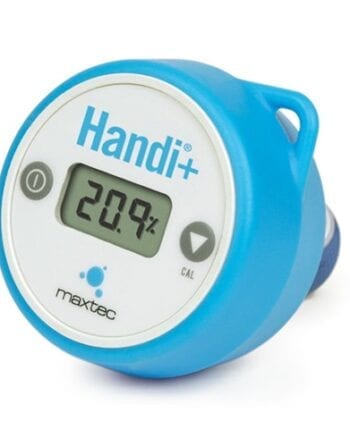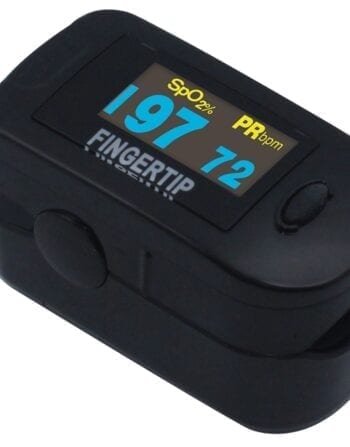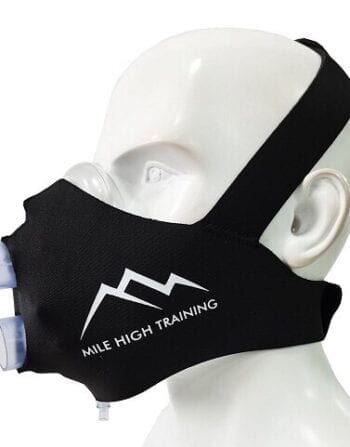Training at Altitude
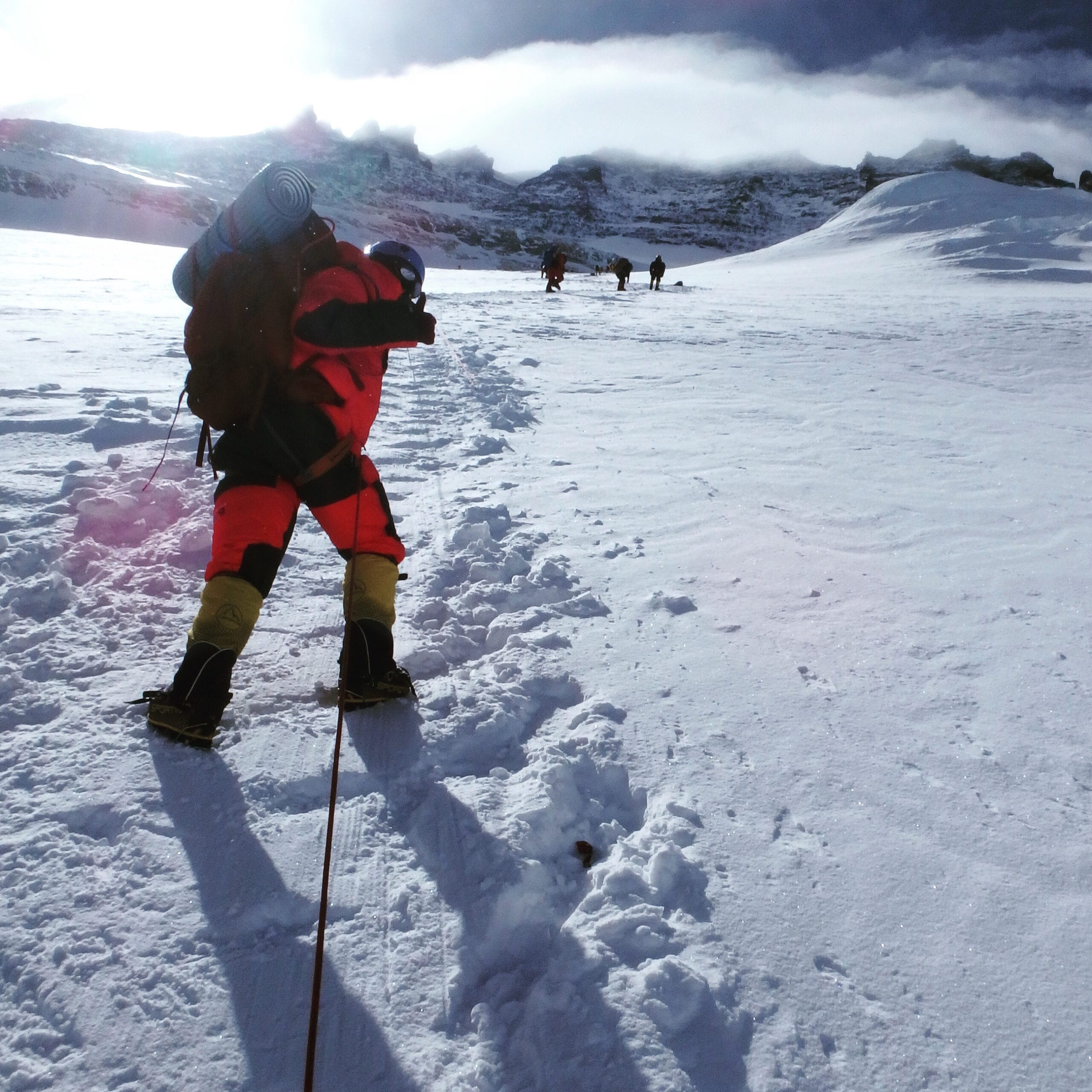
WHAT’S ALTITUDE TRAINING AND HOW DOES IT WORK?
Altitude Training involves training or exercising with low-oxygen air.
Altitude Training can include long-duration altitude sessions or very short high-intensity intervals.
In order to follow protocols and maintain safety, altitude training involves measuring the oxygen in the blood via a pulse-oximeter.
There are different training protocols for different athletes at different ability levels.
Altitude Training can be used for sports performance, rehab, altitude acclimatization and wellness.
BENEFITS OF ACTIVE TRAINING
Improved anaerobic performance
Enhanced strength & power output
Faster lactate clearance
Improved muscular endurance
Greater oxygen delivery to exercising muscles
Faster recovery
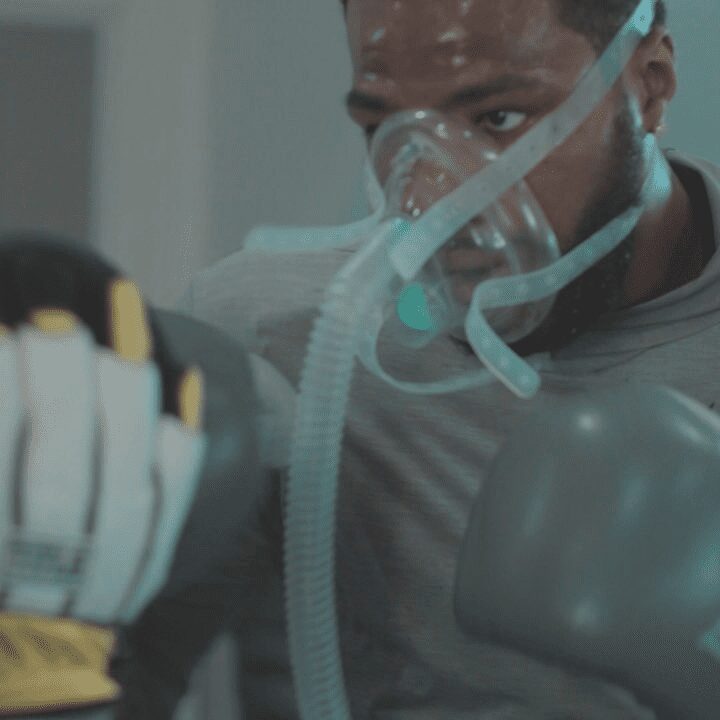

BENEFITS OF ACTIVE TRAINING
Improved anaerobic performance
Enhanced strength & power output
Faster lactate clearance
Improved muscular endurance
Greater oxygen delivery to exercising muscles
Faster recovery

ALTITUDE TRAINING METHODOLOGY – ENDURANCE vs. SPRINT ATHLETES
More info on simulated altitude training:
By exercising in a low-oxygen environment, the body makes adaptations to improve oxygen delivery to tissues and muscles, resulting in greater muscular endurance, improved power output and faster recovery.
The primary training methodology for endurance athletes is moderately intense exercise mixed with intervals consisting of 30 seconds to 2 minutes. The primary training method for sprint-based/power-based athletes (Football, Basketball, MMA) is very short-duration altitude interval sessions. Exercising at altitude will also increase the capacity to clear lactic acid from the muscles in a shorter time frame, enabling athletes to repeat sprints with faster recovery between each sprint. Please see research links below to learn more!
RESEARCH STUDIES
http://bjsm.bmj.com/content/47/Suppl_1/i74.abstract
http://onlinelibrary.wiley.com/doi/10.1046/j.1365-201X.2001.00906.x/full
https://www.ncbi.nlm.nih.gov/pubmed/24907297
https://www.ncbi.nlm.nih.gov/pubmed/11719893
http://journals.plos.org/plosone/article?id=10.1371/journal.pone.0056522
Shop

